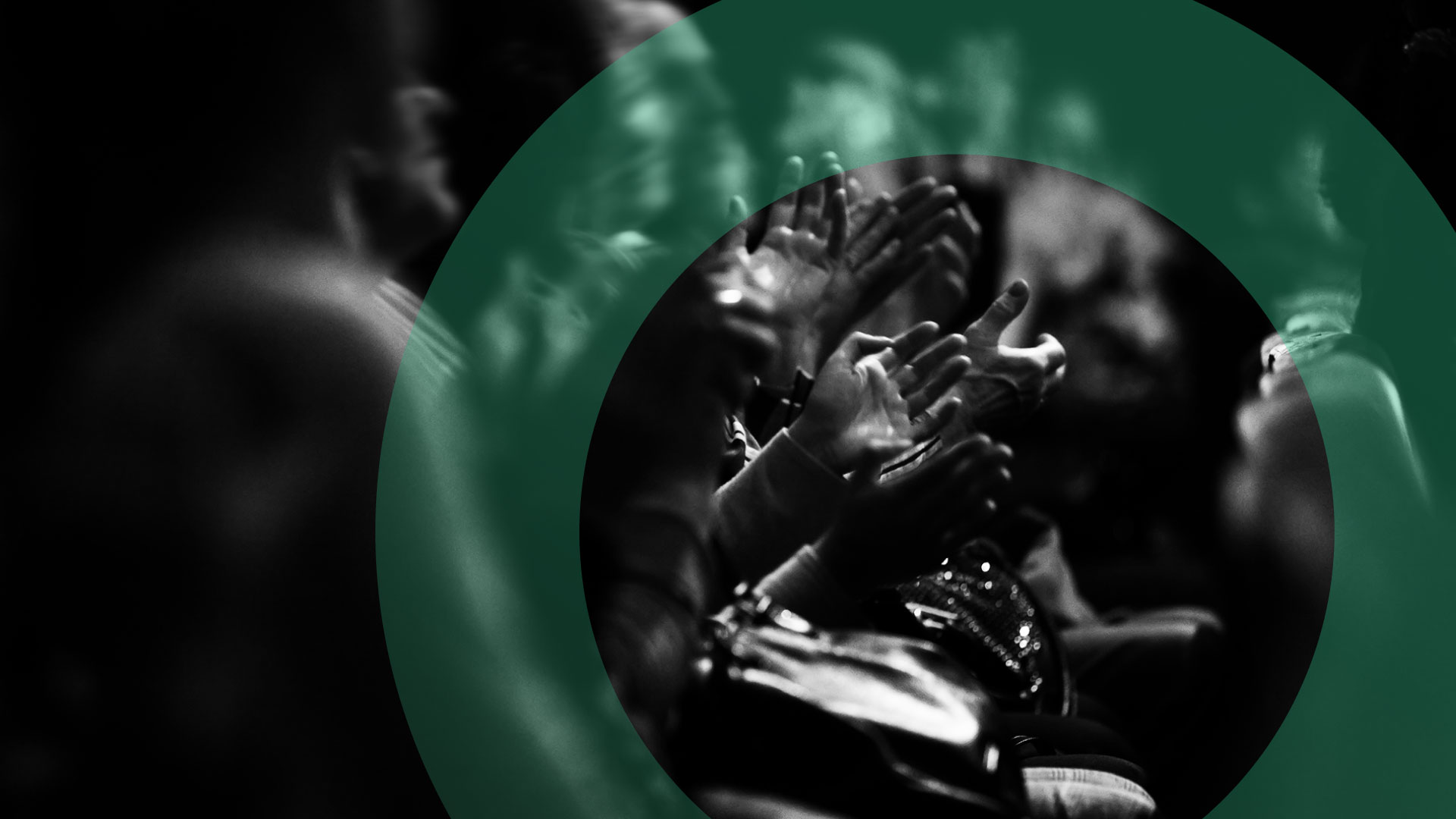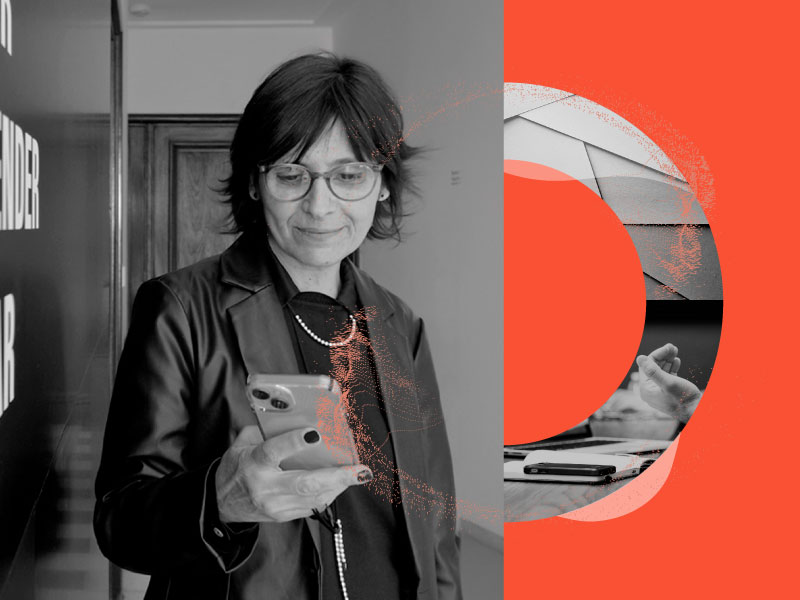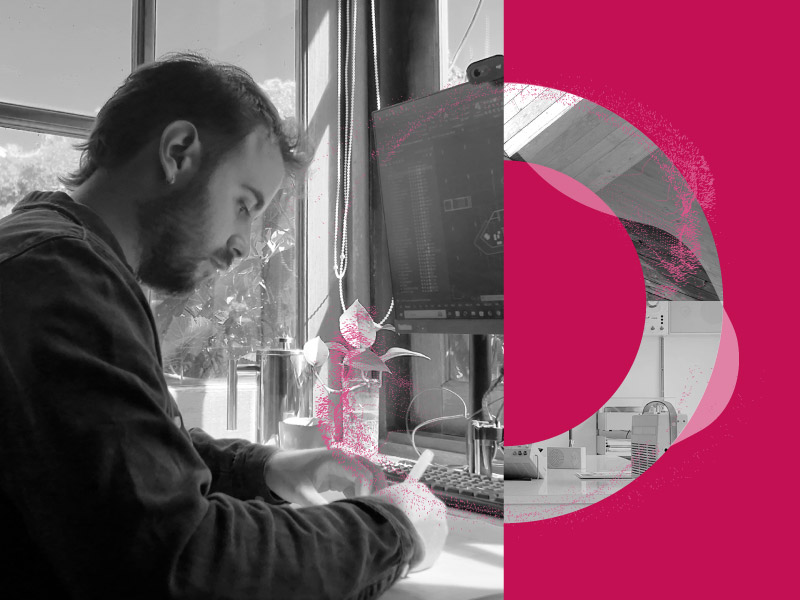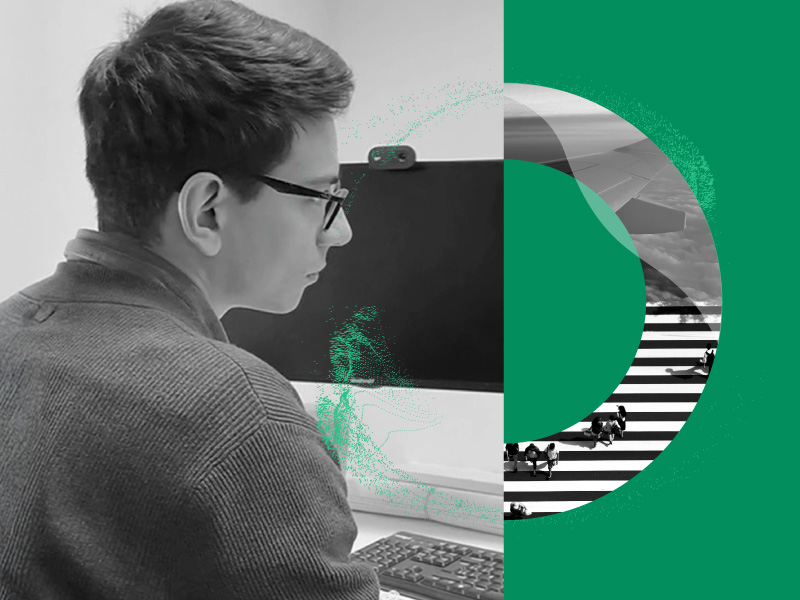


Reading time: 3 minutes
In architecture—and in almost any creative environment—there’s an almost instinctive urge to look for answers. As humans, we crave solutions, cling to certainties, and chase after definitions. However, what we often really need isn’t just another answer, but a better question. I come from the world of journalism and I’m always interacting with its logic. In a newsroom or on the pages of a newspaper, it’s not the person with the best answers who wins, but the one bold enough to ask the best questions.
Questions are an underrated tool in any professional’s communication arsenal. They don’t just help us get information; they shape the kind of conversation we’re going to have. They set the tone, the direction, and the depth. A well-asked question can open doors, build trust, invite reflection, or even defuse a tense situation. A poorly asked one, on the other hand, can shut down dialogue, make people uncomfortable, or send an exchange straight into a dead end.
When I talk about powerful questions, I don’t mean complicated or convoluted ones. Quite the opposite. I’m talking about simple but meaningful questions—ones that invite the other person to think, to open up, to collaborate. In a meeting with a client, for example, instead of asking, “Do you like this design?” we could say, “How does it make you feel when you see it?” or “What kind of experience would you like someone to have when they walk through this door?” In a team meeting, instead of saying, “Who has an idea?” we could ask, “What haven’t we thought of because it seems too crazy?”
These kinds of questions have three immediate effects:
- They deepen: They don’t stay on the surface; they invite exploration.
- They involve: They make the other person feel part of the process, not just a receiver.
- They reveal: They bring to light ideas, fears, or desires that might not surface otherwise.
So, why don’t we use these kinds of questions more often? Because we often walk into meetings juggling dozens of possible scenarios, our heads full of pre-packaged answers. And yes, that has its upside: it saves time, avoids awkward silences, and shields us from embarrassment. But when we only talk, we miss the chance to discover what the other person truly needs, feels, or expects. Asking questions, at its core, is an act of humility: it means admitting we don’t know everything. And at the same time, it’s an act of power—the power to guide with emotional intelligence.
Another key aspect is how we ask. Nonverbal communication plays a fundamental role: tone, eye contact, the pause before and after the question, the expression that goes with it. The same question can be a missile or an invitation, depending on how you deliver it. “Why did you do it that way?” can sound accusatory. But if you change your tone and, with genuine curiosity, say, “Tell me what made you go that route,” the other person’s experience changes completely.
In creative contexts, where ideas are at stake and everyone’s sensitivity matters, questions—and the way we ask them—can be decisive. A poorly phrased question can kill inspiration, while a well-asked one can spark a brilliant solution.
Next time you find yourself in a meeting—whether with a client, a colleague, or a collaborator, a simple exercise: instead of walking in thinking about what you’re going to say, think about what you want to ask. Play the journalist. Better yet: write down three questions before the meeting. Three questions that aren’t obvious. Three questions that help you discover something new, that invite imagination.
Because, ultimately, those who master the art of asking don’t just improve their conversations, they improve their results.
Recommended reading:
- Speak Like a Leader: The Complete Manual for the Digital and In-Person World. Daniel Ríos.
- Truth and Lies: What People Are Really Thinking. Mark Bowden.




